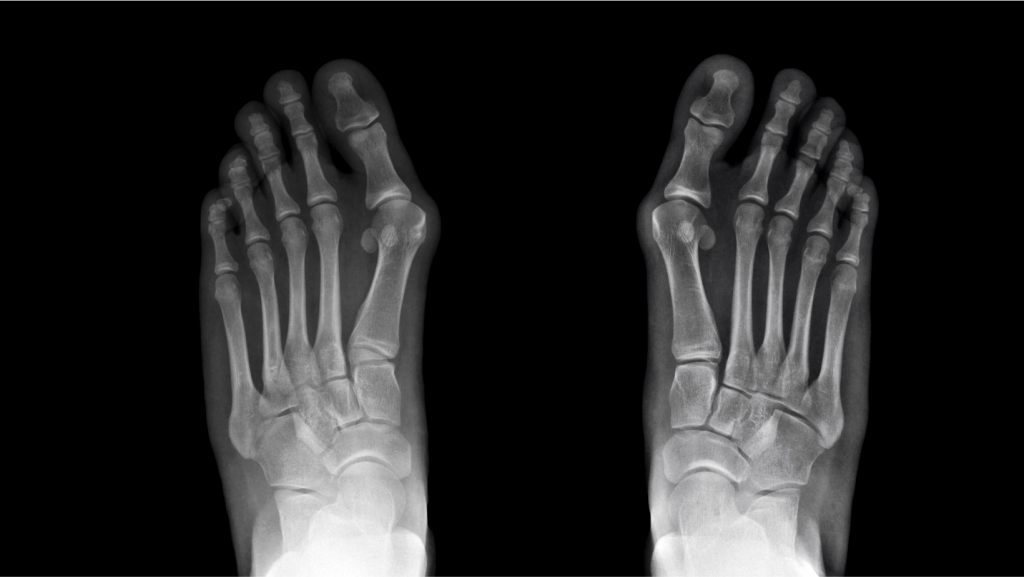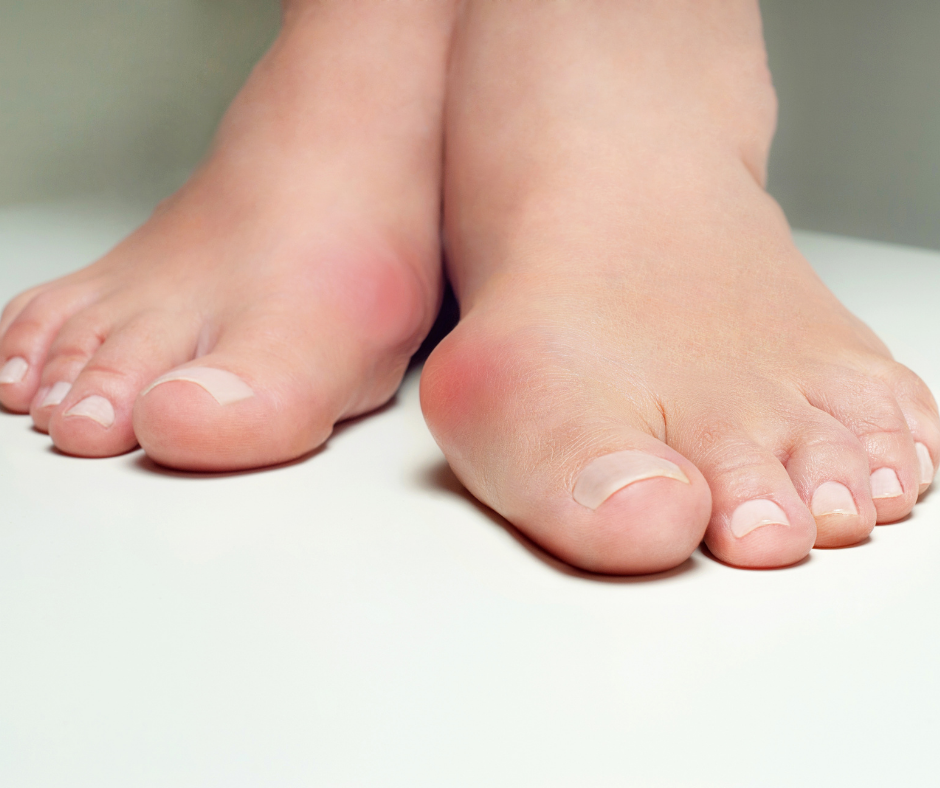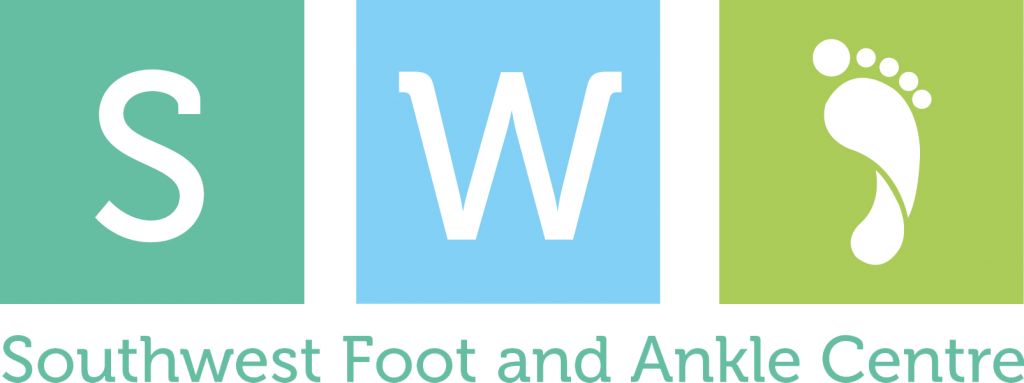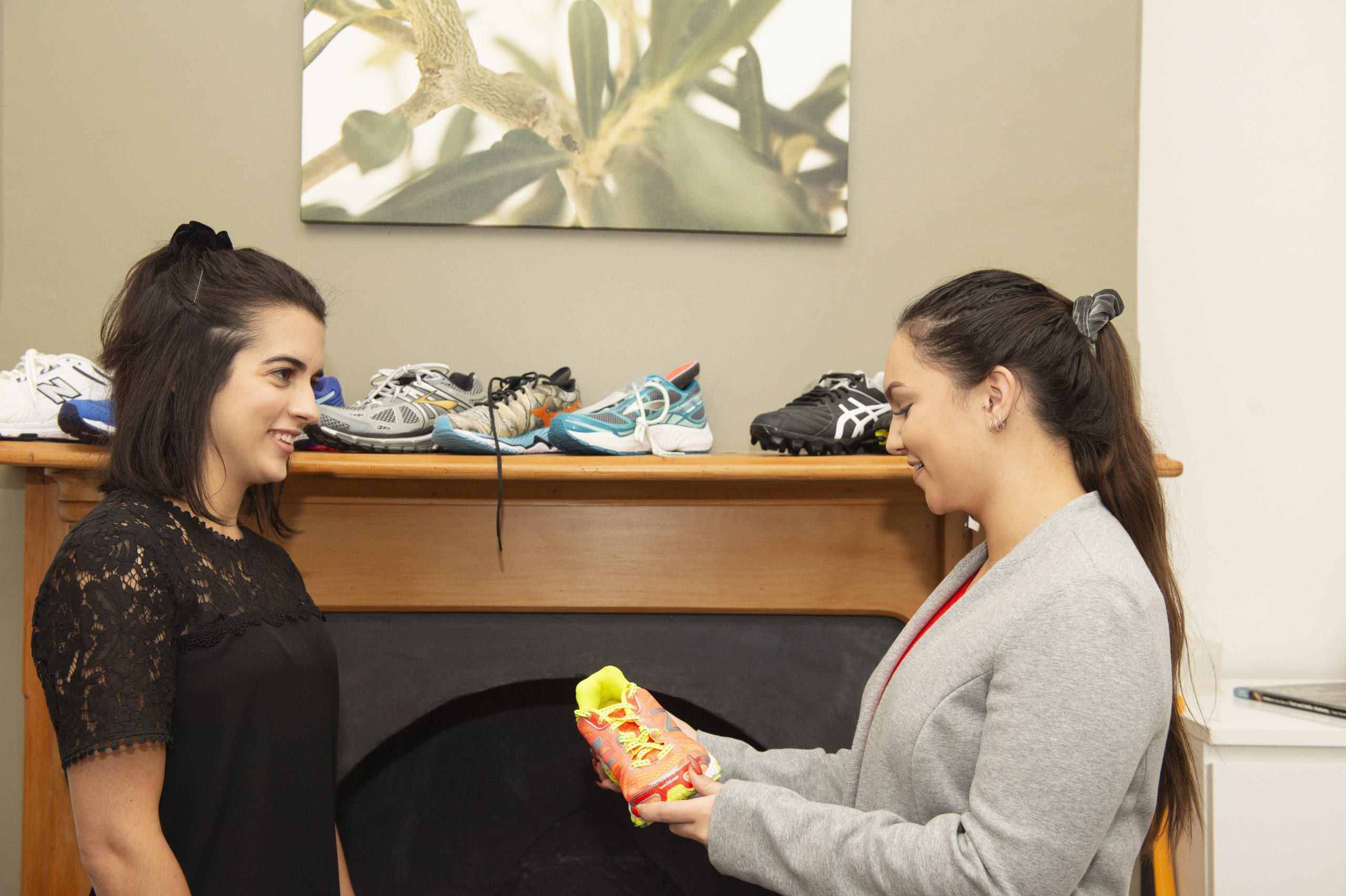Bunion Treatment in Bunbury, Vasse & Australind
Southwest Foot & Ankle provides podiatry services for bunion treatment in Bunbury, Vasse and Australind, with our Podiatrists and specialist Podiatric Foot and Ankle Surgeon, Paul Armanasco.

What are bunions?
Bunions are a complex foot deformity of both bone and soft tissue. It is basically a misalignment of the big toe with the big toe joint. There are several misperceptions regarding bunions.
What are some common bunion misconceptions?
The first misperception is that shoes cause bunions to form. Usually inherited genetically from one’s family, bunions have several underlying causes, none of which include shoes.
The most common underlying cause of bunions is flat feet. Over time, muscular changes needed to adapt to walking with flat feet will contract the great toe towards the second toe, and make prominent the 1st metatarsal head (bone) on the inside of the foot.
The flexible adaptive changes the foot undergoes over time due are the ultimate cause of the bunion. A tight shoe can aggravate a bunion that is developing or already exists, but it will not force the toe over.

Another misperception is that a bunion is a bone growth or tumour. The actual bone involved with a bunion is not usually enlarged, but simply out of place. As the bone shifts over, the side of it sticks out against the skin. This can create pain in the bunion when rubbed against tight shoes, or even well fitting shoes if severe enough. Joint pain in the great toe can develop over time due to its abnormal position as the cartilage can gradually wear down.
What are the treatments for bunions?
Treatment can include measures that attempt to pad the bump or separate the great toe from the second toe. This includes so-called bunion shields that fit over the bump, as well as toe separators that space the great toe from the second toe. Sometimes these are effective at reducing the discomfort of a bunion, but may also add bulk to the shoe, making the shoe seem tighter.
Wider shoes may also help relieve bump pain by keeping the side of the shoe away from it. One must be careful not to obtain shoes that are too long (i.e. the next 1/2 size up), which can make the pain worse as the foot slides around in the longer shoe. When obtaining a greater-width shoe, one must stay with the same size that one has been measured for. Only the width needs to change. Many stores do not carry a wide selection of widths (2E or 4E) in each size anymore, so some shopping may be needed.
Other treatment options include anti-inflammatory medications or steroid injections to decrease the inflammation around the joint. At times, these can effectively relieve the pain of a bunion but do not alter the actual structure itself.
The use of prescription shoe inserts (orthotics) can help to take pressure of the joint and potentially slow the progression of a bunion by controlling the flattening and instability that caused the bunion in the first place. They will not outright eliminate the worsening of a bunion. They will also not fix any bunion that has already developed.
Surgical bunion treatments
In most cases, surgical correction of the bunion with correction of the bone position and soft tissue tightening is necessary to permanently treat this condition. Many different techniques have been developed for this procedure, all dependent on the degree of bone deformity and the needs of the patient.
Different surgeons prefer different procedures, but all accomplish the same thing in correcting the bunion. This involves shifting part of the involved bone over to correct its position and balance the soft tissue forces that attach to the bone. This surgery is extremely common, with a relatively low risk of complications that would need to be discussed with a patient considering this procedure.
Most patients can fully recover from this surgery within six months with the bulk of the healing finished in the first 6 – 8 weeks if the patient follows the post-operative instructions. Most only experience discomfort requiring pain control for a week or two following the surgery.
That being said, not all bunions require correction, especially if they are not causing pain or shoe discomfort. However, most bunions will eventually cause symptoms, and if delayed treatment may require more aggressive surgery to fix more severe deformities such as hammer toes. Another factor to consider is our decreasing ability to heal from this surgery quickly as we age and become less healthy.
To make an appointment to see one of our podiatrists to discuss non surgical treatment of bunions book here. To make an appointment to speak to Mr Paul Armanasco, Specialist Podiatric Surgeon about your bunions please contact 9745 9100.
Southwest Foot & Ankle Centre is a podiatry clinic based in Bunbury and Australind and services all of the southwest region and WA.




